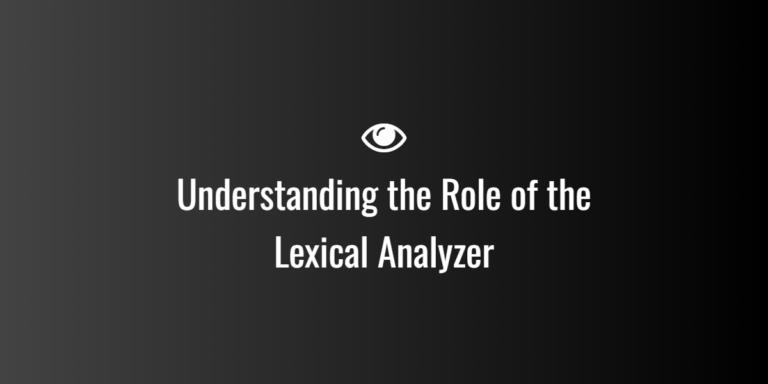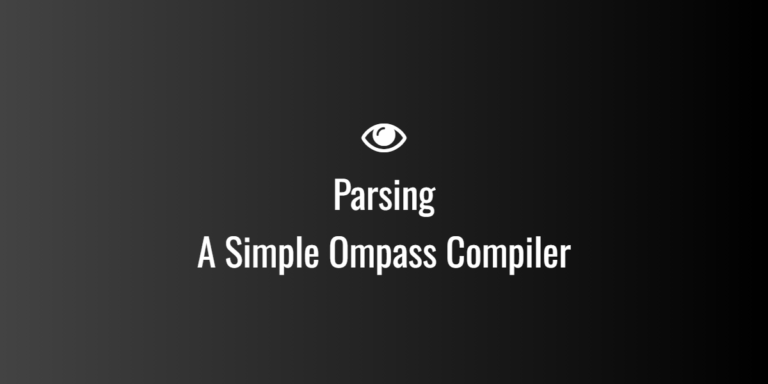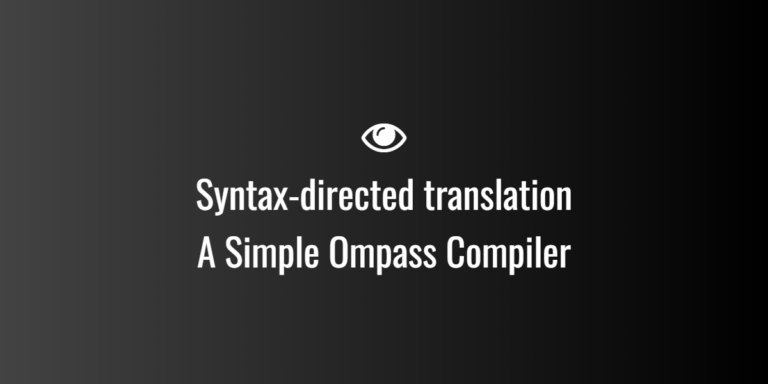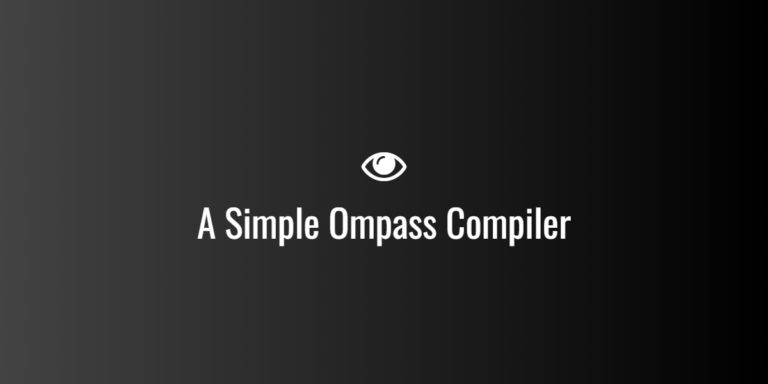1. Which of the following is a type of guided transmission media?
A) Microwave
B) Radio waves
C) Coaxial cable
D) Infrared rays
Answer: C) Coaxial cable
2. Which transmission medium uses light signals to carry data?
A) Twisted pair cable
B) Fiber optic cable
C) Coaxial cable
D) Microwave
Answer: B) Fiber optic cable
3. What is the main advantage of fiber optic cables?
A) Low cost
B) High bandwidth
C) High attenuation
D) Short transmission range
Answer: B) High bandwidth
4. What is the main disadvantage of twisted pair cables?
A) Expensive
B) Prone to electromagnetic interference
C) High bandwidth
D) Difficult to install
Answer: B) Prone to electromagnetic interference
5. What type of signal does coaxial cable transmit?
A) Electrical signals
B) Light signals
C) Radio waves
D) Infrared signals
Answer: A) Electrical signals
6. Which of the following is a type of wireless transmission media?
A) Fiber optics
B) Twisted pair
C) Satellite communication
D) Coaxial cable
Answer: C) Satellite communication
7. Which of the following is the main advantage of wireless transmission media?
A) High cost
B) Security
C) Mobility
D) High bandwidth
Answer: C) Mobility
8. Which type of transmission medium is used for Wi-Fi communication?
A) Coaxial cable
B) Twisted pair cable
C) Radio waves
D) Fiber optic cable
Answer: C) Radio waves
9. What is the maximum data transfer speed of a fiber optic cable?
A) 10 Mbps
B) 100 Mbps
C) Several Gbps
D) 1 Mbps
Answer: C) Several Gbps
10. Which of the following has the highest attenuation over long distances?
A) Fiber optic cable
B) Twisted pair cable
C) Coaxial cable
D) Microwave
Answer: B) Twisted pair cable
11. Which transmission medium is most affected by weather conditions?
A) Coaxial cable
B) Fiber optics
C) Microwave
D) Twisted pair
Answer: C) Microwave
12. What is the main disadvantage of using radio waves for data transmission?
A) Limited bandwidth
B) High cost
C) Prone to interference
D) Long range
Answer: C) Prone to interference
13. Which of the following types of transmission media has the longest transmission distance without signal loss?
A) Fiber optics
B) Coaxial cable
C) Twisted pair cable
D) Microwave
Answer: A) Fiber optics
14. What type of signal is transmitted through microwave transmission?
A) Electrical signal
B) Light signal
C) Radio frequency signal
D) Infrared signal
Answer: C) Radio frequency signal
15. What is the primary function of a twisted pair cable?
A) Carry high-speed internet signals
B) Transmit electrical signals for telecommunications
C) Carry light signals for fiber optic systems
D) Transmit radio waves
Answer: B) Transmit electrical signals for telecommunications
16. Which transmission medium is commonly used in LANs?
A) Fiber optics
B) Coaxial cable
C) Twisted pair cable
D) Satellite
Answer: C) Twisted pair cable
17. Which of the following is the main advantage of fiber optic cables over twisted pair cables?
A) Higher signal strength
B) Better resistance to interference
C) Lower cost
D) Easier installation
Answer: B) Better resistance to interference
18. Which type of cable is most commonly used for telephone lines?
A) Coaxial cable
B) Fiber optic cable
C) Twisted pair cable
D) Shielded twisted pair cable
Answer: C) Twisted pair cable
19. Which of the following is a disadvantage of satellite communication?
A) Limited range
B) High latency
C) Low bandwidth
D) Prone to interference from the ground
Answer: B) High latency
20. Which medium is ideal for long-distance communication with minimal signal degradation?
A) Coaxial cable
B) Microwave
C) Fiber optic cable
D) Twisted pair cable
Answer: C) Fiber optic cable
21. Which of the following transmission media is most commonly used in TV broadcasting?
A) Twisted pair cables
B) Coaxial cable
C) Fiber optic cables
D) Radio waves
Answer: D) Radio waves
22. Which transmission medium requires a clear line of sight for transmission?
A) Microwave
B) Fiber optic
C) Twisted pair cable
D) Coaxial cable
Answer: A) Microwave
23. Which of the following is used for short-range, low-power communication?
A) Satellite communication
B) Microwave
C) Bluetooth
D) Fiber optics
Answer: C) Bluetooth
24. Which type of coaxial cable is used for internet connection in many households?
A) RG-58
B) RG-6
C) RG-59
D) RG-11
Answer: B) RG-6
25. What is the maximum transmission speed of a twisted pair cable?
A) 10 Mbps
B) 100 Mbps
C) 1 Gbps
D) 10 Gbps
Answer: B) 100 Mbps
26. Which of the following is the most secure transmission medium?
A) Fiber optics
B) Coaxial cable
C) Twisted pair cable
D) Radio waves
Answer: A) Fiber optics
27. What type of signal is transmitted over infrared communication?
A) Radio waves
B) Light waves
C) Electrical signals
D) Microwave signals
Answer: B) Light waves
28. Which type of transmission media is least affected by external interference?
A) Coaxial cable
B) Twisted pair cable
C) Fiber optic cable
D) Radio waves
Answer: C) Fiber optic cable
29. Which of the following types of transmission is most commonly used in mobile phone networks?
A) Fiber optics
B) Coaxial cable
C) Microwave
D) Twisted pair
Answer: C) Microwave
30. Which transmission medium is commonly used in cable television (CATV)?
A) Fiber optic
B) Coaxial cable
C) Twisted pair cable
D) Satellite
Answer: B) Coaxial cable
31. What is the main use of infrared transmission?
A) Long-distance communication
B) Short-range communication between devices
C) Internet connections
D) High-speed data transfer
Answer: B) Short-range communication between devices
32. What is the primary characteristic of a fiber optic cable?
A) High data rates
B) Low transmission power
C) Prone to interference
D) Short-range capability
Answer: A) High data rates
33. What is the primary benefit of using twisted pair cables in networks?
A) High bandwidth
B) Ease of installation
C) Low cost
D) Long-distance communication
Answer: C) Low cost
34. Which of the following is the least common transmission medium for modern data communication?
A) Fiber optics
B) Microwave
C) Coaxial cable
D) Twisted pair cable
Answer: C) Coaxial cable
35. What does the term “attenuation” refer to in the context of transmission media?
A) The increase in signal strength
B) The loss of signal strength over distance
C) The time delay in signal transmission
D) The interference in signal
Answer: B) The loss of signal strength over distance
36. Which transmission medium is best suited for internet backbone connections?
A) Twisted pair cables
B) Coaxial cables
C) Fiber optic cables
D) Microwave
Answer: C) Fiber optic cables
37. Which wireless technology uses frequencies in the 2.4 GHz and 5 GHz bands?
A) Bluetooth
B) Wi-Fi
C) Zigbee
D) GSM
Answer: B) Wi-Fi
38. Which of the following is the main purpose of using shielding in cables?
A) Reduce cost
B) Reduce signal degradation
C) Protect against electromagnetic interference
D) Increase bandwidth
Answer: C) Protect against electromagnetic interference
39. Which type of transmission medium is most commonly used for backhaul links in cellular networks?
A) Coaxial cable
B) Microwave
C) Fiber optics
D) Twisted pair cable
Answer: B) Microwave
40. Which of the following is true about fiber optics?
A) It is highly susceptible to electromagnetic interference.
B) It supports higher data rates than copper cables.
C) It is limited to short-distance communication.
D) It is more prone to physical damage than copper cables.
Answer: B) It supports higher data rates than copper cables.
41. Which of the following transmission mediums requires line-of-sight communication?
A) Twisted pair cables
B) Coaxial cables
C) Fiber optics
D) Microwave
Answer: D) Microwave
42. What is the main advantage of using radio waves for transmission?
A) High security
B) Long range
C) No interference
D) High data rate
Answer: B) Long range
43. Which transmission medium is commonly used in digital subscriber line (DSL) internet connections?
A) Fiber optic
B) Coaxial cable
C) Twisted pair cables
D) Satellite
Answer: C) Twisted pair cables
44. What type of transmission medium is used in telephone networks?
A) Fiber optic
B) Coaxial cable
C) Twisted pair cables
D) Radio waves
Answer: C) Twisted pair cables
45. What is the major advantage of using fiber optic cables for long-distance communication?
A) Low cost
B) High signal attenuation
C) Minimal signal degradation
D) Shorter installation times
Answer: C) Minimal signal degradation
46. Which transmission medium is most commonly used for point-to-point satellite communication?
A) Coaxial cable
B) Fiber optic
C) Microwave
D) Twisted pair cable
Answer: C) Microwave
47. What does “multiplexing” in transmission media refer to?
A) Combining multiple data streams into one signal
B) Reducing the signal strength
C) Increasing the data rate
D) Changing the signal frequency
Answer: A) Combining multiple data streams into one signal
48. Which of the following is an advantage of satellite communication?
A) High bandwidth
B) High latency
C) Prone to interference
D) Requires line-of-sight
Answer: A) High bandwidth
49. Which of the following wireless transmission technologies operates at the lowest frequencies?
A) Wi-Fi
B) Bluetooth
C) Zigbee
D) GSM
Answer: D) GSM
50. Which of the following types of transmission media is not affected by electromagnetic interference?
A) Coaxial cable
B) Twisted pair cable
C) Fiber optics
D) Microwave
Answer: C) Fiber optics





Thanks for your short article. I would love to say that your health insurance brokerage service also works for the benefit of the coordinators of your group insurance plan. The health broker is given a summary of benefits sought by an individual or a group coordinator. What any broker does is look for individuals or coordinators which often best complement those wants. Then he offers his tips and if all parties agree, this broker formulates a contract between the two parties.
Very nice post. I just stumbled upon your weblog and wanted to mention that I have truly loved browsing your blog posts. In any case I抣l be subscribing for your rss feed and I’m hoping you write once more soon!
Thanks for another fantastic article. The place else may anybody get that type of info in such a perfect method of writing? I’ve a presentation next week, and I am on the search for such information.